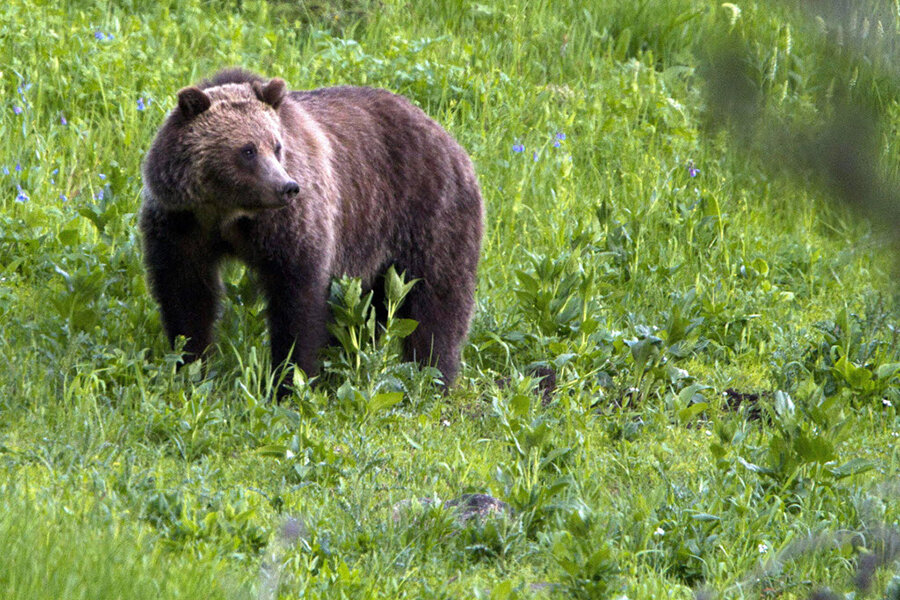Yellowstone grizzlies might finally come off endangered species list
Loading...
After years of rising populations among Yellowstone National Park’s famous grizzly bears, officials are meeting this week to discuss removing the bears from protections afforded by the Endangered Species List.
The potential of such a move has met serious controversy, as grizzly advocates say that a delisting could hurt the progress the bears have made over the past several decades.
"Visitors have a high interest in seeing a grizzly bear in their natural environment," said Yellowstone superintendent Dan Wenk earlier this year.
Grizzly bears were first placed on the Endangered Species List in 1975. At that time, there were approximately 136 bears in Yellowstone. Today, officials estimate that there are more than 700 bears.
In March, the United States Fish and Wildlife Service first proposed delisting the Yellowstone grizzlies. While lifting Endangered Species Act protections on the bears does not necessarily mean that the three states involved in Yellowstone’s management will open hunting seasons, all three have expressed interest in doing so.
Since that time, conservationists have raised concerns about the proposal, including fears about how the state will manage the grizzly population in the future, the number of bears that will be vulnerable to hunting, and where bears will be able to be hunted.
Mr. Wenk says, if the grizzly populations shrink, it could threaten Yellowstone tourism. While hunters cannot pursue grizzlies on national park land, hunting could be allowed just outside of the parks, and therefore impact the grizzlies that live in or near Yellowstone and other national parks such as the Grand Teton National Park.
Currently, officials are touting a post-delisting plan that would allow grizzly populations to drop no lower than 600 individual bears. Representatives of state wildlife agencies would set the quota of huntable animals yearly.
Earlier this year, conservationists called the grizzly’s miraculous recovery a victory for the environmental conservation movement.
The Christian Science Monitor’s Lucy Schouten reported on the bears this spring, after the Fish and Wildlife Service first proposed delisting them:
"I think what we have here is a tremendous success, and the Endangered Species Act has done its job," Fish and Wildlife Service Director Dan Ashe said in a press conference, adding that grizzly bears have doubled their range since they were added to the Endangered Species Act in 1975.
Not everyone is excited about the announcement. Roger Hayden, the managing director for Wyoming Wildlife Advocates in Jackson Hole, called Thursday's announcement "a couple years too early." He says bears are roaming the periphery more frequently now, searching for meat to supplement their diet because white bark pine and cutthroat trout have declined due to climate change and other shifts in the ecosystem.
"The question we keep raising is, 'What is the rush to delist and why can’t we wait to delist them for a couple years?'" Mr. Hayden says.
Despite conservationists’ objections, a study published last November found that bear populations have grown significantly enough to stabilize genetic diversity and grow outside the bounds of the parks.
"Grizzly bears are moving into areas outside the recovery zone," Frank von Manen, a wildlife biologist and leader of the Interagency Grizzly Bear Study Team, told the Associated Press earlier this year. "They are getting into more and more of those areas where the potential for conflicts are greater."
Officials plan to gather in Cody, Wyo., on Wednesday and Thursday to discuss post-delisting management plans.








